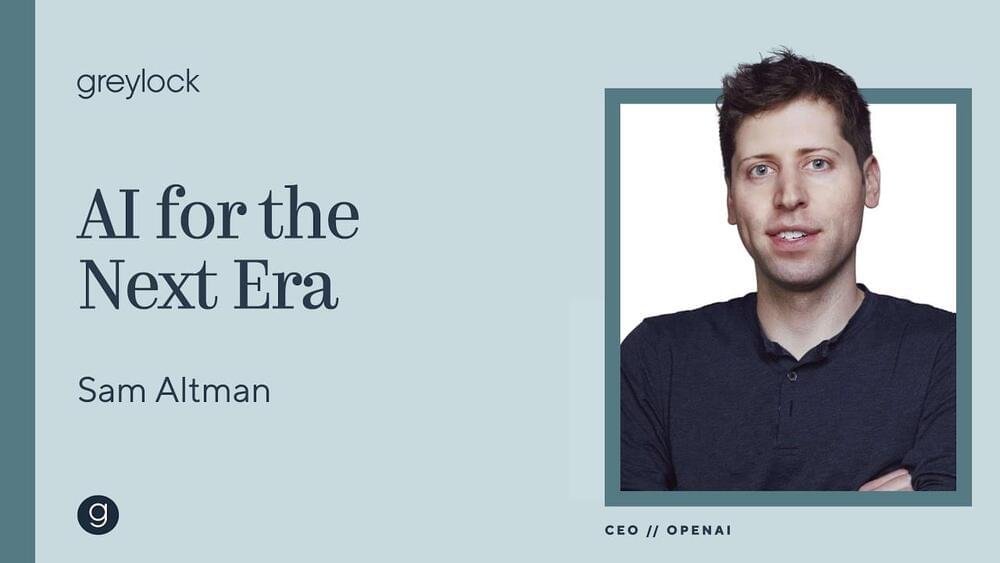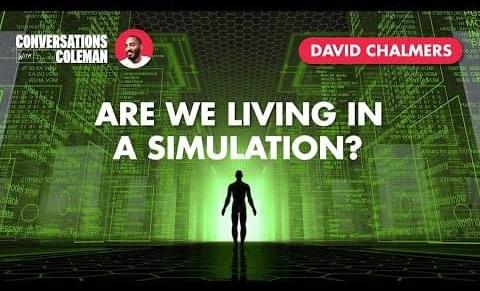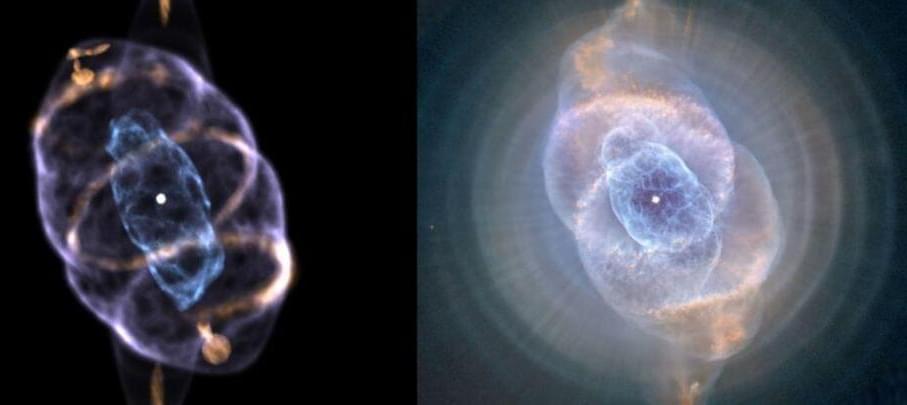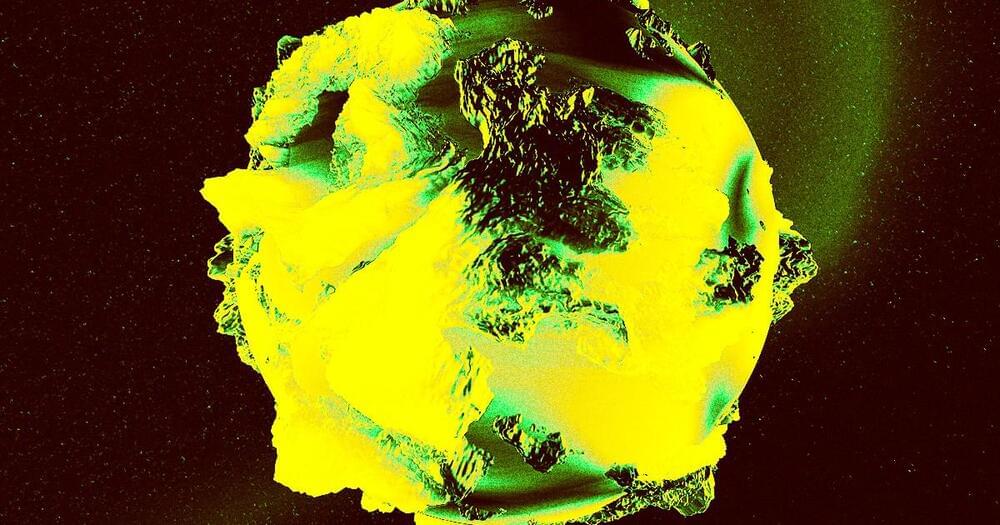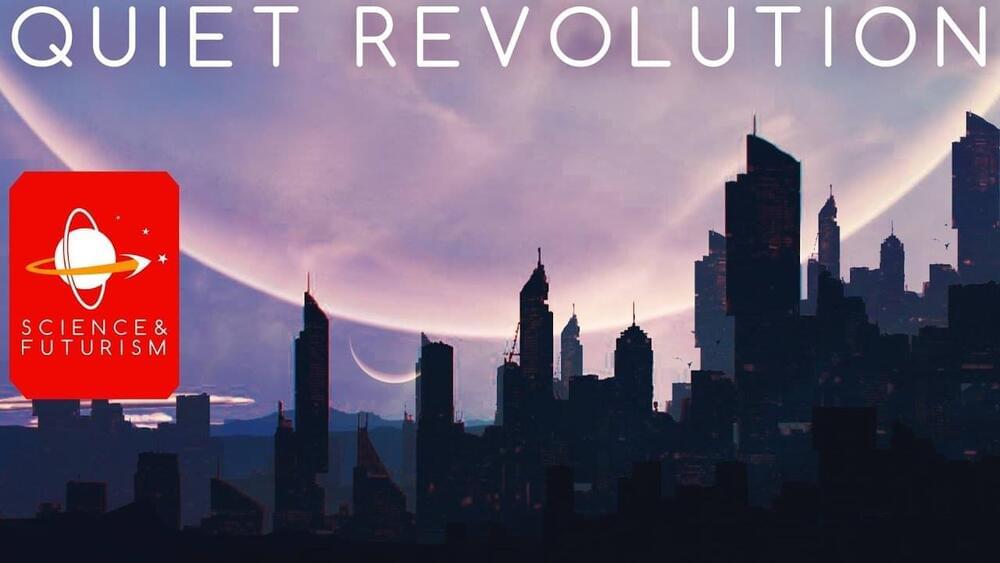Swirling around the planet’s equator, the rings of Saturn are an obvious indicator that the planet is spinning at a tilt. The belted gas giant rotates at a 26.7-degree angle relative to the plane in which it orbits the sun. Because Saturn’s tilt precesses, like a spinning top, at nearly the same rate as the orbit of its neighbor Neptune.
Neptune is the farthest planet from the sun. In our solar system, it is the fourth-largest planet by size, and third densest. It is named after the Roman god of the sea.


